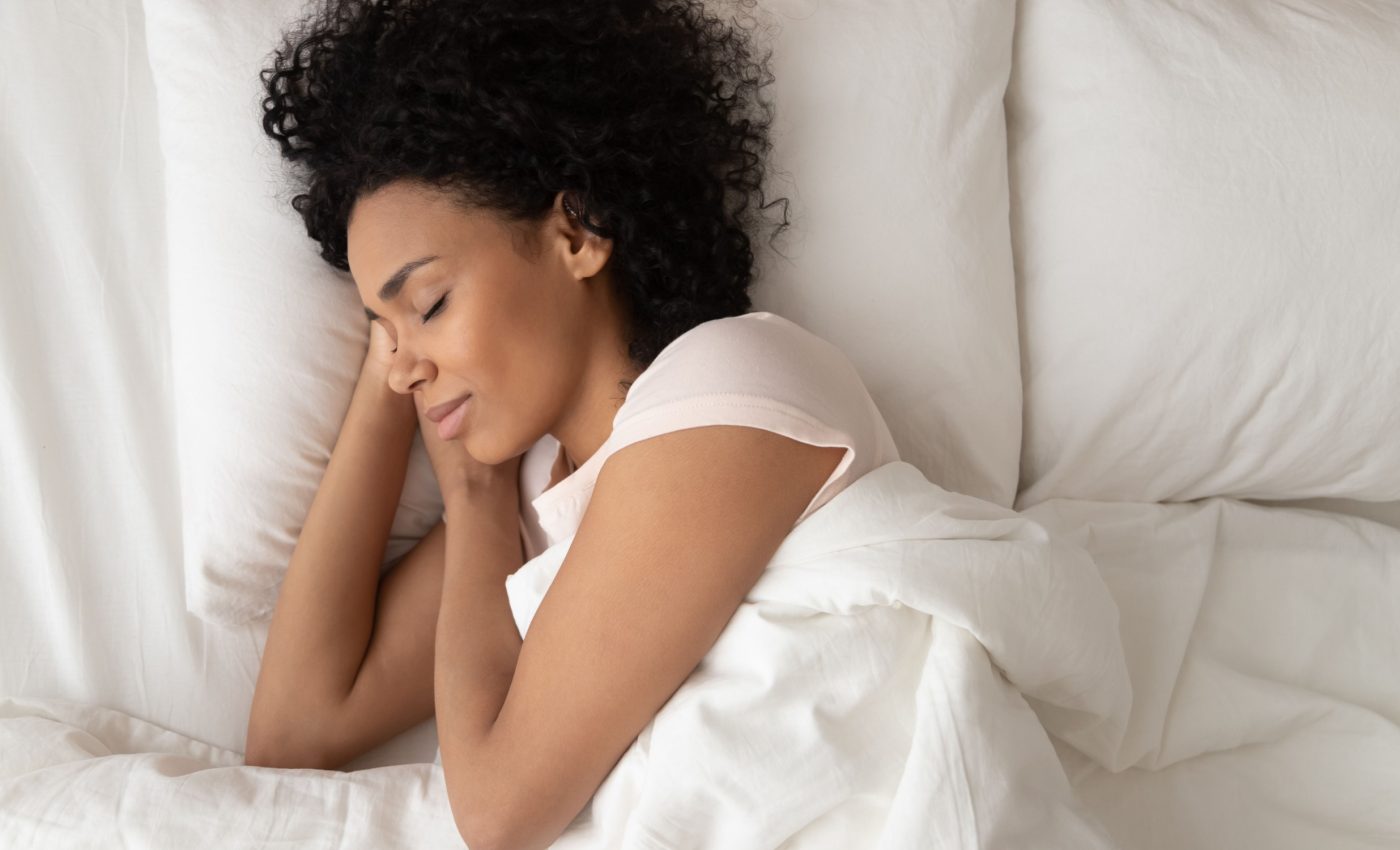
Early sleep times linked to enhanced activity during the day
A year‑long investigation following almost 20,000 adults has uncovered a clear link between getting to sleep early at night and doing more physical activity the following day.
The recent study, reports that volunteers who habitually nodded off near 9 p.m. accumulated roughly 30 extra minutes of brisk movement each day compared with people who stayed awake until 1 a.m.
Dr. Josh Leota of Monash University led the project, working with colleagues across Australia, the United States, Switzerland, and the United Kingdom.
Why bedtime matters
Those early sleepers also beat the sample average, clocking about 15 more minutes of moderate‑to‑vigorous physical activity (MVPA) than peers who usually fell asleep around 11 p.m.
Public‑health agencies advise adults to rack up at least 150 minutes of moderate effort each week, or about 30 minutes a day, meaning the extra half hour observed in the early‑to‑bed group can single‑handedly meet the daily target.
Crucially, the data show it is not just what time you fall asleep most nights, but whether you shift that time earlier while still getting your usual amount of shut‑eye. This combination produced the highest next‑day MVPA totals in the sample.
Night owls under pressure
Your natural preference for early or late sleep, known as your chronotype, is not merely a quirk of habit. Research using accelerometers has linked extreme evening chronotypes to more sedentary time and a higher ten‑year cardiovascular risk score in middle‑aged adults.
Another analysis of college students found that people who experience at least a two‑hour mismatch between work‑day and weekend sleep, known as social jetlag, were less likely to hit either aerobic or strength‑training recommendations.
“Standard 9‑to‑5 routines can clash with the natural sleep preferences of evening types, leading to social jetlag, poorer sleep quality, and increased daytime sleepiness, which can all reduce motivation and opportunity for physical activity the next day,” explained Dr. Leota.
Activity gadgets that never sleep
The Monash team relied on a wrist‑worn wearable sensor called WHOOP that logs heart rate, motion, and skin temperature every few seconds.
To confirm their findings, they repeated the analyses with almost 6,000 volunteers whose Fitbits fed data into the U.S. All of Us Research Program. The patterns held firm across age, gender, and ethnicity.
Earlier work has already shown that exercise and sleep travel a two‑way street: better sleep encourages movement, while regular movement deepens sleep quality.
Work schedules make it worse
Evening‑type workers who are forced into early starts also face higher odds of metabolic trouble. Nurses who self‑identified as night owls had a 72 percent greater risk of developing diabetes than their early‑bird colleagues, although a healthier lifestyle cut that figure dramatically.
Adding vigorous workouts late in the evening can backfire too. An analysis of 15,000 fitness‑tracker users found that strenuous activity inside the four‑hour window before bedtime delayed sleep onset by up to 80 minutes and severely reduced total sleep.
The World Health Organization notes that exceeding the weekly activity minimum of up to 300 minutes of moderate effort, delivers extra protection against heart disease, depression, and several cancers. These benefits could be even easier to leverage if early sleep routines lead to increased daily activity.
Small sleep tweaks, big gains in activity
Participants who advanced their bedtime by even 30 minutes, without shortening their total sleep, recorded noticeable lifts in activity the next morning.
“Our findings are consistent across different populations and show that if you can get to sleep earlier than usual whilst keeping your sleep duration the same, you may be more likely to increase your physical activity the following day,” said Dr. Elise Facer‑Childs, senior author of the study.
The pattern held regardless of age or fitness level, suggesting that a modest scheduling change is one lever almost anyone can pull.
If carving out time to exercise feels impossible, consider starting with the bedroom clock. An earlier lights‑out not only guards sleep duration but also builds momentum for next‑day activity.
This helps people reach or surpass the 150‑minute‑a‑week benchmark without adding another appointment to an already packed calendar.
How earlier bedtimes may help fight obesity
Mounting research connects obesity with sleep habits, particularly the timing and quality of rest. People who sleep later are more likely to snack at night and less likely to engage in early‑morning activity, both of which can contribute to long‑term weight gain.
A 2020 meta‑analysis found that late bedtimes are linked to higher body mass index in both children and adults, even when total sleep time is adequate. Shifting sleep earlier may align eating patterns and activity schedules in a way that helps regulate metabolism and reduce excess fat storage.
The study is published in Proceedings of the National Academy of Sciences.
—–
Like what you read? Subscribe to our newsletter for engaging articles, exclusive content, and the latest updates.
Check us out on EarthSnap, a free app brought to you by Eric Ralls and Earth.com.
—–













